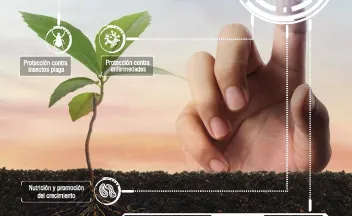Innovación en fruticultura: la respuesta a los retos para una producción sostenible de manzana.

Este artículo aporta una mirada holística a los pilares t tecnológicos de una fruticultura basada en una producción cada vez más eficiente y sostenible: la mejora genética, los sistemas de conducción y las tecnologías para la gestión eficiente del cultivo.

